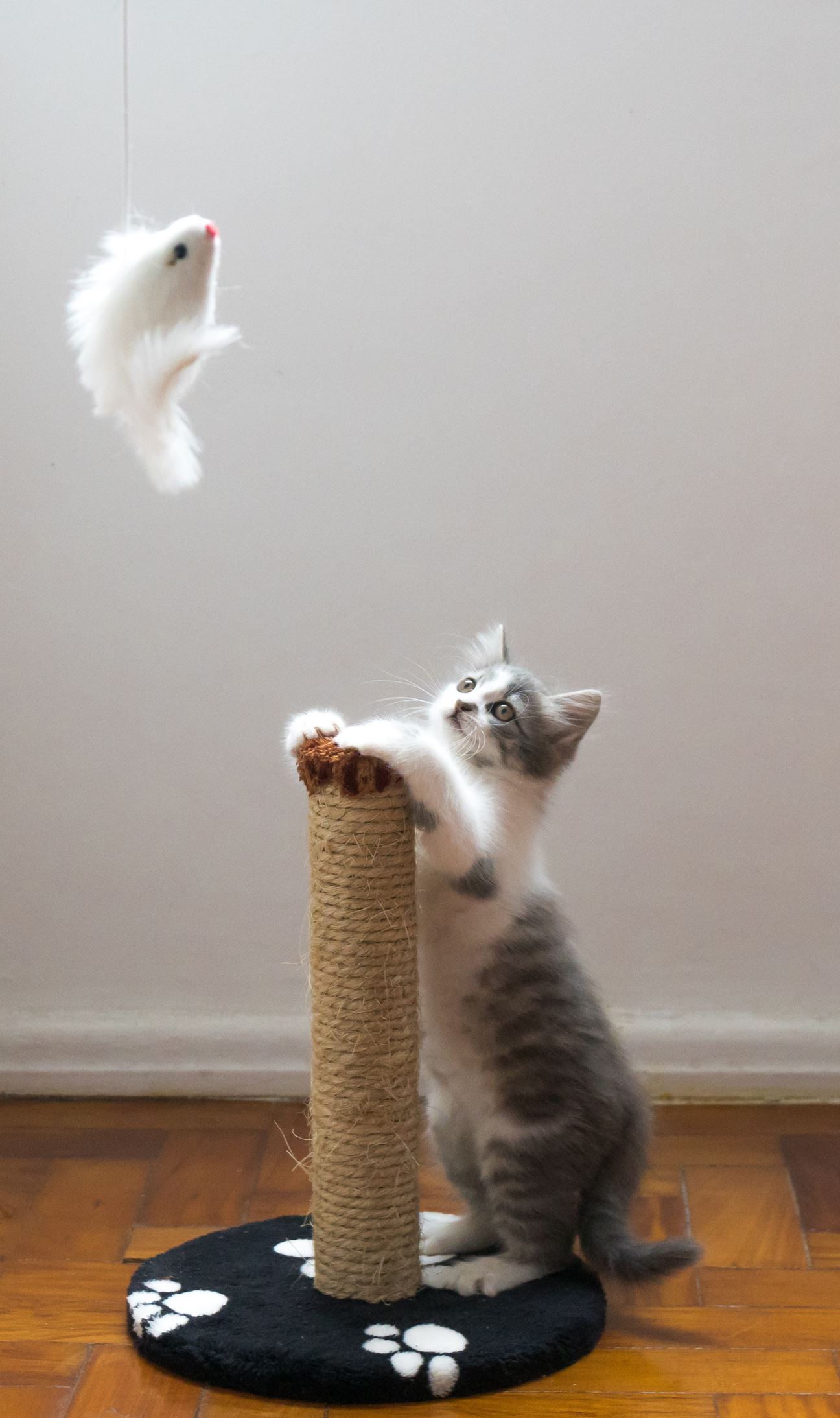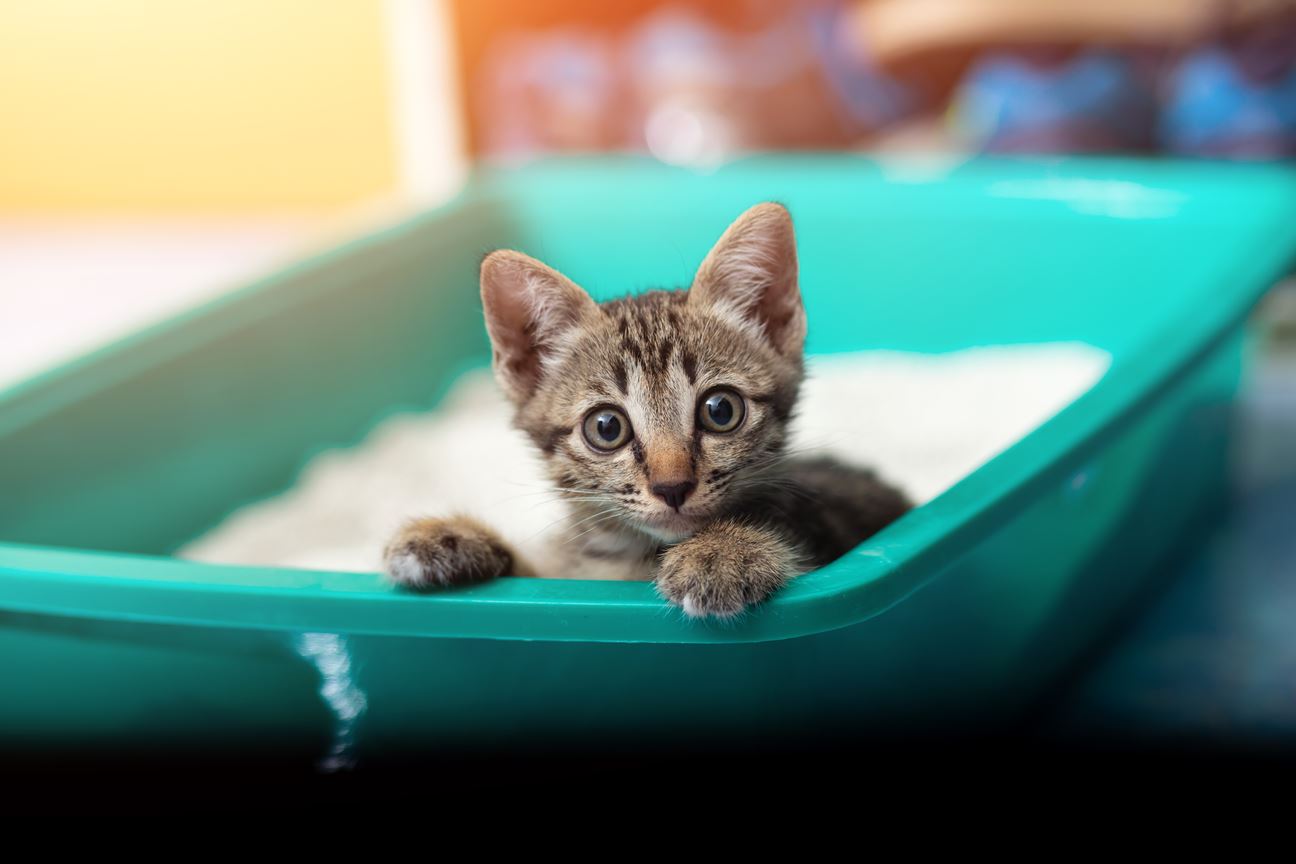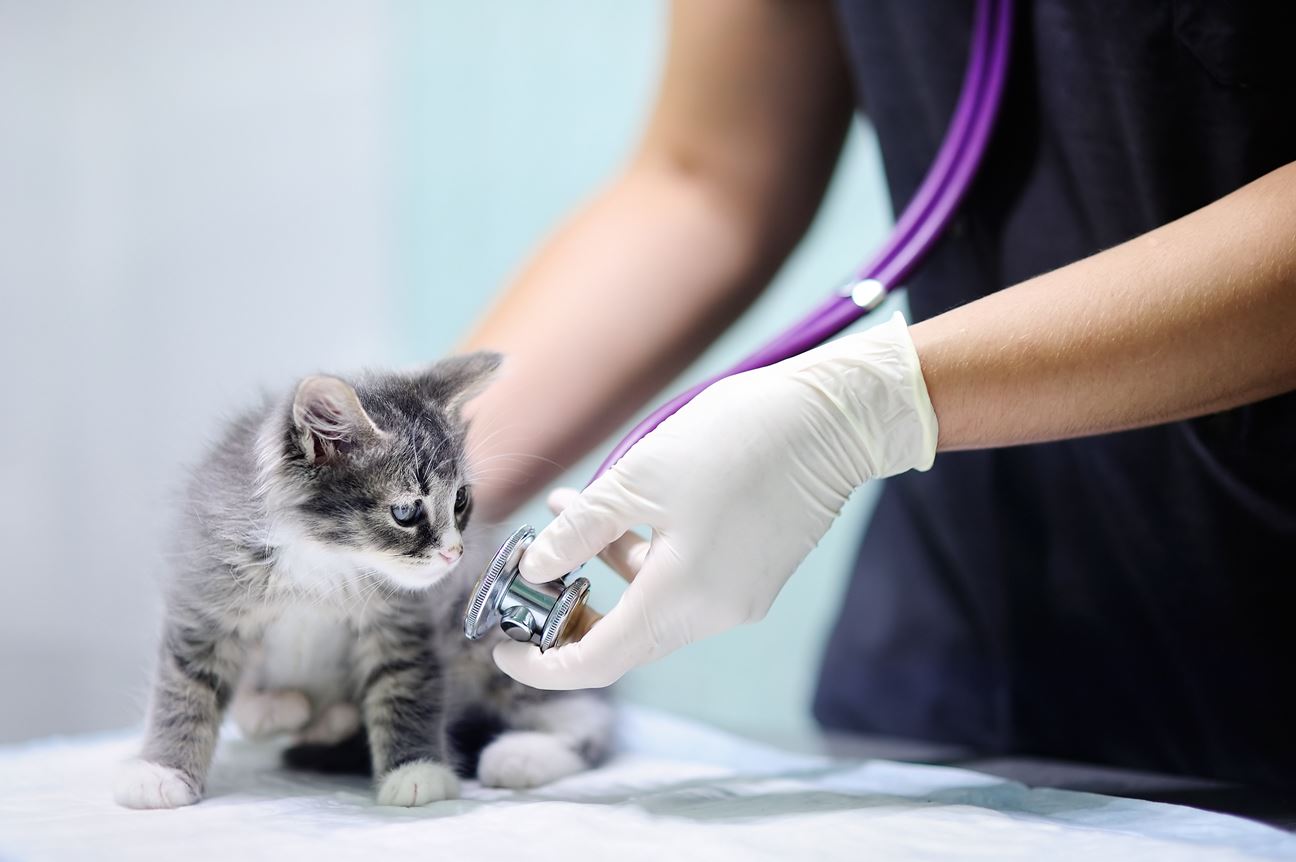For a new cat parent, here are some of the most common new-kitten-owner questions answered.
Ideally, a kitten gets adopted between six to eight weeks of age. By this age, it has weaned off its mother and is just starting to be on its own. While for a mother cat, taking care of her kitten is instinctive, for you, a bit of planning will be needed. As with any young one, this little cuddly devil will be reliant on you to have their new home set up.

If this is your first cat home, you must have a lot of questions on your mind; I know I did. And so, I have compiled a few questions for you to have a handy bring-home-a-kitten checklist.
- When will my cat bond with me?
Cats and bonding do not really go hand-in-hand. Honestly, every cat is different and so are their preferences. In most cases, a kitten is likely to bond with you right away, as opposed to a full-grown cat. Kittens will immediately start looking at their humans as their new parents. Your kitten’s time until it got adopted will also play an important part in its bonding. If they came from a neglected home, you will have to work a little extra on making the bond. Finally, how quickly a kitten binds with you also depends on its personality. Two kittens from the same litter can show completely different personality traits — there is no right or wrong here. Just make sure you keep a lookout for signs. If the cat wants to be left alone, give it space. Do not be disheartened if it is three days since the kitten is home and it is yet to play with you. Eventually, the kitten will bond with you. When I got my kitten home, she was hiding for hours before she was ready to come out.
- When will my new cat feel at home?
Your kitten feeling at home will go hand-in-hand with their bonding with you. As mentioned before, each cat is unique. When a kitten is a home, it is best to keep them confined to a small space. This way, they don’t get overwhelmed. You may set up a small room or even make space in your room where the kitten can feel warm and safe. At this point, it's important that you keep the food and water bowl in the same room, along with their litter tray. Do not try to coax them into coming out every now and then. When the cat is ready, they will come out on their own. As they grow and get more confident, they will roam from room to room, mentally mapping their new home. You will also notice that by now, the kitten has made some favourite spots for themselves which they keep returning to.
- What supplies do I need at home?

This is probably the most common question that may pop into your minds. You do not have to go on a shopping spree at this stage, but there are a few basic items that you should get home even before the arrival of the kitten. This includes:
- Food - When I got my kitten home, I was sure I only wanted to give her home-cooked food. So we started with milk mixed with water since she had not started eating solid food at that time. In my experience, giving the cat home-cooked food makes their poop less smelly. However, if you are okay with giving your kitten store-bought food, then bring home some stock of dry and wet food. Check the cover to make sure you buy kitten food only.
- A Cat Carrier - You will need a cat carrier to bring her home for the first time, to move the kitten around, and to take her to the vet for the first time. Attempting to hold the kitten with your hands may not be such a great idea for both of you. Using a makeshift carrier, to begin with, is okay, but make sure you invest in a good carrier that is specifically designed to transport cats.
- A Litter Box - This one is a no-brainer. The quicker your kitten learns to use the litter box, the better it is for you. The box that you use should be a sturdy one, and the kitten should have some space to move around.
- Litter Sand and Scooper - Kittens would prefer sand that is fine and soft. When buying litter sand, go for the ones that clump easily and are not fragrant. Clumping clay litter is the most popular sand to buy. Also, get a scooper to pick the clumps after.
Apart from the essentials, make sure you also get home some toys for the kitten to play with. Although it is likely that she may not play with them in the first few days. You can also get a scratch post to the kitten learns early on where to practice scratching.
If you bring home a kitten that is just a couple of weeks old, chances are that she is on a liquid diet. If that is the case, do not immediately shift to solid food. Combine kitten food with one part of water when transitioning. When buying food, make sure you buy food that is balanced for the kittens. Once the kitten is over seven weeks old, you can start feeding her undiluted food. Do not switch to adult cat food before the cat has reached one year. And the water bowl is also equally important. Make sure that the water set out for the cat is clean and fresh.
As the kitten grows, you will start to understand her food preferences. Some kittens like fish, while some may prefer chicken liver. Keep an eye on what your little one likes the best. Also, do fix up your kitten's meals timings because free feeding a cat is not a good idea. They will always be hungry, make sure you do not overfeed them.
- Will my cat know how to use the litter box?

Congratulations, because your kitten can instinctively use the litter box! That one time you will have to ‘train’ them is at a neonatal stage. Kittens this young also need to be stimulated to go to the bathroom. Accidents can happen, but it's easy to correct them, too. Make sure that the food is not too far from the litter tray. And every time the kitten is done eating, put her in the litter box so that she can do her ‘business’. You can also rub the kitten’s front paws on the litter sand so that she remembers the scent and returns to the box. Most importantly, do not move the litter box. Fix a place for it even before the kitten arrives.
- Will my cat get along with other members of the family?
After the initial cool-down period, it is safe to introduce your new kitten to other members of the family. When adopting a cat, make sure you consider their temperament. If you have kids and other pets in the house, you would not want a shy and quiet cat. But yes, bonding with the other members of the family will happen naturally.
- When to book the first vet appointment? And how often do I need to go to the vet?

Age and adoption are the two biggest factors that determine a vet visit. If you have adopted the kitten from the street, it is best to take the little one to the vet right away. I took my cat to the vet at forty-five days. She was then given shots for cat flu and anti-rabies along with a follow-up vaccination schedule. Some medication, like deworming, can also be administered at home. You can take your kitten to a vet after he has settled down at home, which should be ideally one week from coming home. Once at the vet, have an open and honest conversation with the doctor to make sure you get all your questions answered, medically. On average, a visit to the vet once a year is ideal.
- Should I spay or neuter my cat?
YES. And YES again. A lot of new pet parents are confused about this one. Some do not want to talk about it. The process of removal of reproductive organs is termed 'spaying' in female cats and neutering in male cats. Whether your cat is indoor or outdoor, or anything in between, spaying/neutering them will save you a lot of stress. It also saves the cat from going into heat, from running away looking for a mate, from having stray’s babies, and from many other infections. Be responsible and get your kittens spayed/neutered. Take the cat to the vet; anytime after three months of age is fine. And please NEVER try this at home.
- My new cat bites and scratches me a lot. Can I declaw my cat?
One-word answer - NO. Now, many people confuse declawing a cat with trimming their nails. But they are two different things altogether. Trimming is fine, but declawing a complete no-no. The process involves amputating the cat’s toe bones and claws. This will lead to many behavioural changes in a cat. Plus, the cat will become un-trusting of their humans for having inflicted a great deal of pain on them. But then why do people do it? Simple, to stop the cat from scratching at places they should not. Only to, later, realise that there are many ways to stop your cat from scratching the furniture. Another argument that people raise is that since their indoor cat does not need to hunt, they do not need the claws. But one must understand that cat’s claws are a multi-purpose tool that helps them climb, pounce, turn, and balance in their day-to-day lives.
- How do I know if my cat is happy?
It is important for you to learn to communicate with the cat. You will know a happy cat when you see one. Cats do show us that they love us, we just need to learn to understand their subtle ways of showing it. Learning about your cat’s meows will help ascertain what she is trying to tell you. Sometimes cats meow to greet us, sometimes they meow to tell us that they are hungry, or sometimes just to make a comment on the litter box.
Finally, if you have made up your mind to get home a kitten, I hope these questions have helped you. Adopting a cat should not be a daunting task. I believe your new kitty will bring you lots of love and hope. If you have any more questions, make sure to ask them in the comments.